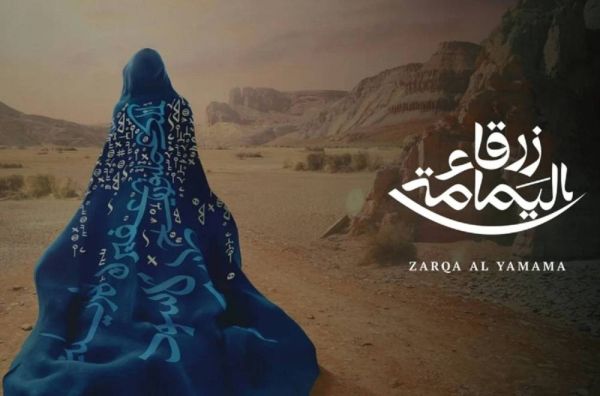The 59th International Art Exhibition is titled The Milk of Dreams. Named after a book by Surrealist artist Leonora Carrington (1917–2011), the Exhibition takes the artist’s fanciful creatures and many other figures of transformation as companions on an imaginary journey through metamorphoses of the body and of humanity.
Volume I of the Catalogue is dedicated to the International Exhibition, curated by Cecilia Alemani. This volume includes the Curator’s original contribution as well as a wide range of illustrations and critical essays by some of today’s most cutting-edge thinkers and writers. Each artist is introduced by a critical text as well as an iconographic apparatus. The five historical presentations are contextualised by in-depth art historical and cultural essays by distinguished international writers including Matthew Biro, Jennifer Higgie, Alyce Mahon, Azalea Seratoni, and Christina Sharpe. Matthew Biro looks back at a group of female artists of the historical avant-garde through the lens of the cyborg, while Jennifer Higgie analyses the relationship between the body, textual production, and language. Meditating upon the iconology of the vessel, Christina Sharpe asks how a “container” might be understood in our current times of escalating climatic, economic, social, and migratory catastrophe.
This volume also includes a wide array of original writing, conversations, and reprinted texts that capture many of the concerns set forth by the Exhibition while expanding to broader and equally timely preoccupations. Rosi Braidotti introduces the posthuman feminist turn, Silvia Federici and Silvia Rivera Cusicanqui engage in a conversation to discuss ideas of re-enchantment, and Marina Warner presents seven stories of metamorphic shapeshifting and commentary inspired by the pandemic. Writing about the “other” to the human, Mel Y. Chen, Jack Halberstam and Igiaba Scego reflect upon forms of non-anthropocentric thinking in multispecies relations; Yuk Hui and Achille Mbembe invite us to rethink our relationship with technologies and the Earth; and Chiara Valerio sets out a personal glossary of terms inspired by the pandemic.
The artists participating in the Exhibition are each introduced by texts authored by Isabella Achenbach, Liv Cuniberti, Manuela Hansen, Melanie Kress, Stefano Mudu, Ian Wallace, and Madeline Weisburg. Each artist is illustrated with colour plates.
Contributors: Cecilia Alemani; Matthew Biro; Rosi Braidotti; Leonora Carrington; Mel Y. Chen;
Silvia Federici, Silvia Rivera Cusicanqui and Manuela Hansen; Jack Halberstam; Donna Haraway; N. Katherine Hayles; Jennifer Higgie; Yuk Hui and Anders Dunker; Ursula K. Le Guin; Alyce Mahon; Achille Mbembe; Marta Papini; Igiaba Scego; Azalea Seratoni; Christina Sharpe; Chiara Valerio; Marina Warner.
Volume II of the Catalogue presents the Participating Countries and the Collateral Events of the 59th International Art Exhibition. It includes lavishly illustrated texts exploring the various projects that will be on display in Venice from 23 April to 27 November 2022.
The graphic identity of the Biennale Arte 2022 and the publications’ design are by A Practice for Everyday Life, London. The graphic identity explores ideas of fluidity, identity, the human and the non-human, re-enchantment, and fragmentation. The graphic identity positions artists’ works at its forefront, featuring details from artworks by Belkis Ayón, Felipe Baeza, Tatsuo Ikeda, and Cecilia Vicuña. These disparate artworks are united in their representation of eyes, which are symbolic of important ideas running through the Exhibition: dreams, identity, the body, and reflection. The eyes, applied in various ways throughout the graphic identity, look back at the public, bringing to life inanimate walls, bridges, and boats. The typographic design of the title is also metamorphic: classical lettering is transformed into something more hybrid, organic, and dimensional.
The publications by La Biennale di Venezia can be purchased in the Exhibition bookshops and in the main Italian and international bookstores.







